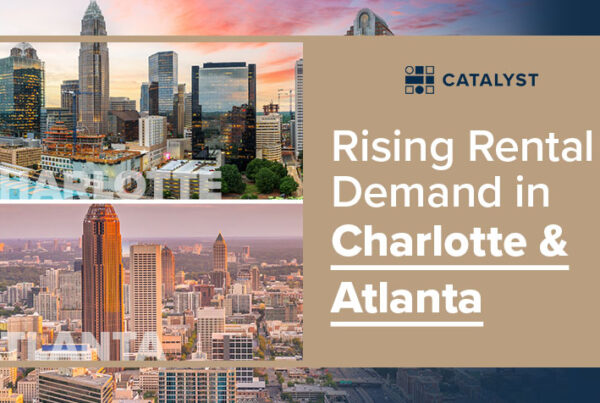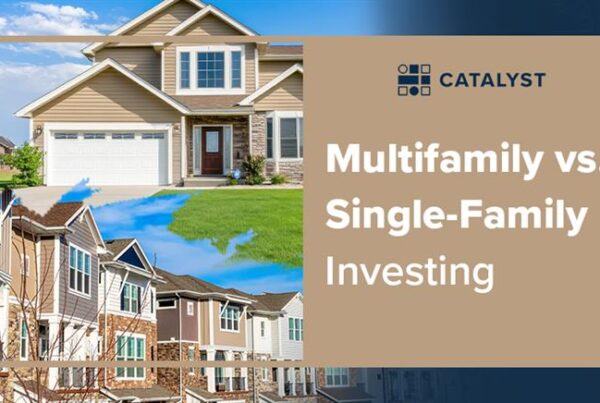July 24, 2021 | 3 min read
Current State of Housing in the U.S. – Shortages & Trends
The demand for multi-family residential units has exploded over the past few decades. There are several attributed factors, including an increase in those moving to city centers with limited space. Multi-family units provide a sense of community without taking up a large plot of land. These are also perfect for those looking to downsize from family homes or looking for options that require no home maintenance.
Although the demand is there, the national production of small multifamily buildings has decreased 75% over the past 20 years. This has caused a housing shortage in the U.S. for middle and lower-class individuals. As we continue to see an increased demand for properties, even in a post-pandemic economy, analysts are asking if 2021 will be a turning point for the housing shortage.
Current National Housing Shortage Trends
The current housing inventory is at the lowest point since the turn of the century. The U.S. housing market has approximately 3 months of inventory at any given time. This is partially due to the level of new housing construction being approximately half the level it was at in 2010.
The financial impact of 2020 brought a new set of challenges. Millennials make up 38% of the homebuyers, and as they are reaching life milestones the desire to own property and putting down roots is growing.
However, the COVID-19 pandemic brought construction to a halt. It did bounce back slightly in the latter half of the year, but by this time building materials had already increased up to 250%. This has both increased the price of existing homes and caused a shortage of overall available housing.
There are several factors that have caused this situation and it goes back decades. During the Nixon administration, there was a moratorium on new public housing developments. The subsequent administrations revitalized units but they did not increase the overall inventory. This pattern has continued over the past decades. Coupled with the introduction of tax laws that favored the middle and upper-class homeowner, has resulted in the current national housing shortage.
Addressing The Housing Shortage
This shortage was not created overnight and it will not be improved overnight. Enacting innovative solutions to solve the national housing shortage crisis will be needed in order to move in the right direction. There are several options on the table to accomplish this, including:
Commercial Conversions
As we get back to post-pandemic life it has become apparent the current level of commercial infrastructure may no longer be needed. One solution is to convert these buildings into multi-family dwellings that can provide housing.
Government Programs
Reducing the number of restrictions applied to builders will allow the construction of larger units, bigger buildings, and take up more space. The added inventory will drive the price of these units down making them more affordable as well. Another option is government assistance programs that eliminate or significantly reduce the high down payment needed to purchase a home.
Zoning
Proactively changing zoning restrictions in certain low-income areas will promote the construction of new developments that can support these communities. For example, reducing the number of parking spaces required by a building will increase the amount of space available for additional units.
We Are Working Together
At Catalyst Capital Partners we understand the difficulties regarding the national housing shortage. We are proud to be working diligently in the Charlotte, Raleigh, and Nashville areas by investing in our local communities. We will continue to develop great housing options across these growing cities. We are committed to doing our part to reduce the gap between low-income families and homeownership.
Join Us
Subscribe to our newsletter.



